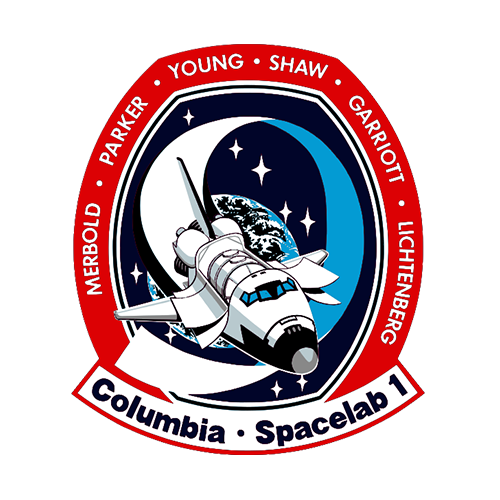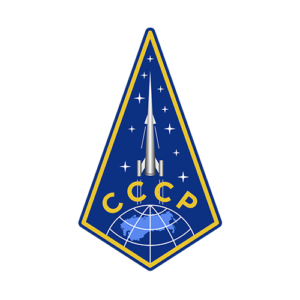The Spacelab program, a collaboration between NASA and the European Space Agency (ESA), represented a significant advancement in space research and exploration. Launched in the 1980s, Spacelab facilitated scientific experiments and observations in microgravity environments aboard the Space Shuttle. It served as a versatile platform for international collaboration in space science, contributing to advancements in various fields and laying the groundwork for future space laboratory missions.
History & Evolution
The concept of Spacelab emerged in the 1970s as a response to the need for dedicated space laboratory facilities. NASA and ESA joined forces to develop Spacelab modules, which could be flown aboard the Space Shuttle for scientific research missions.
The modular design of Spacelab allowed for customization according to specific experiment requirements. Over the course of the program, multiple Spacelab missions were conducted, covering a wide range of scientific disciplines, including astronomy, biology, materials science, and fluid dynamics.
Mission Objectives
The primary objectives of the Spacelab program were:
- To provide a platform for conducting scientific experiments in a microgravity environment.
- To facilitate international collaboration in space research and exploration.
- To advance scientific knowledge across various disciplines, including physics, biology, and materials science.
- To demonstrate the utility and versatility of space laboratory facilities for conducting long-duration experiments.
Infrastructure and Facilities
Spacelab missions utilized the Space Shuttle as a transportation and support vehicle, with Spacelab modules housed in the Shuttle’s payload bay. The modules were equipped with laboratory equipment, experiment racks, and life support systems necessary for conducting scientific research in space. Mission control and support facilities were provided by NASA and ESA, including ground-based research centers and communication networks.
Spacecraft and Vehicles
- Space Shuttle: The Space Shuttle served as the primary vehicle for transporting Spacelab modules into space. It provided crew accommodation, life support systems, and payload integration capabilities for Spacelab missions.
- Spacelab Modules: Spacelab modules were pressurized laboratory facilities flown aboard the Space Shuttle. They were customized for specific scientific experiments and equipped with experiment racks, data recording systems, and crew accommodations.
- Space Shuttle Fleet: Multiple Space Shuttle orbiters, including Columbia, Challenger, Discovery, Atlantis, and Endeavour, were used to conduct Spacelab missions over the program’s duration.
Achievements and Discoveries
The Spacelab program facilitated groundbreaking scientific research and discoveries in space. Astronauts conducted experiments in a wide range of disciplines, leading to advancements in understanding fundamental scientific principles, human physiology, and materials science. Spacelab missions provided valuable data for researchers on Earth and laid the groundwork for future space laboratory endeavors, including the International Space Station.
Current Status of this program
The Spacelab program concluded in the early 1990s after several successful missions. While Spacelab modules were retired with the Space Shuttle program, their legacy continues to inform ongoing space research and exploration efforts.





